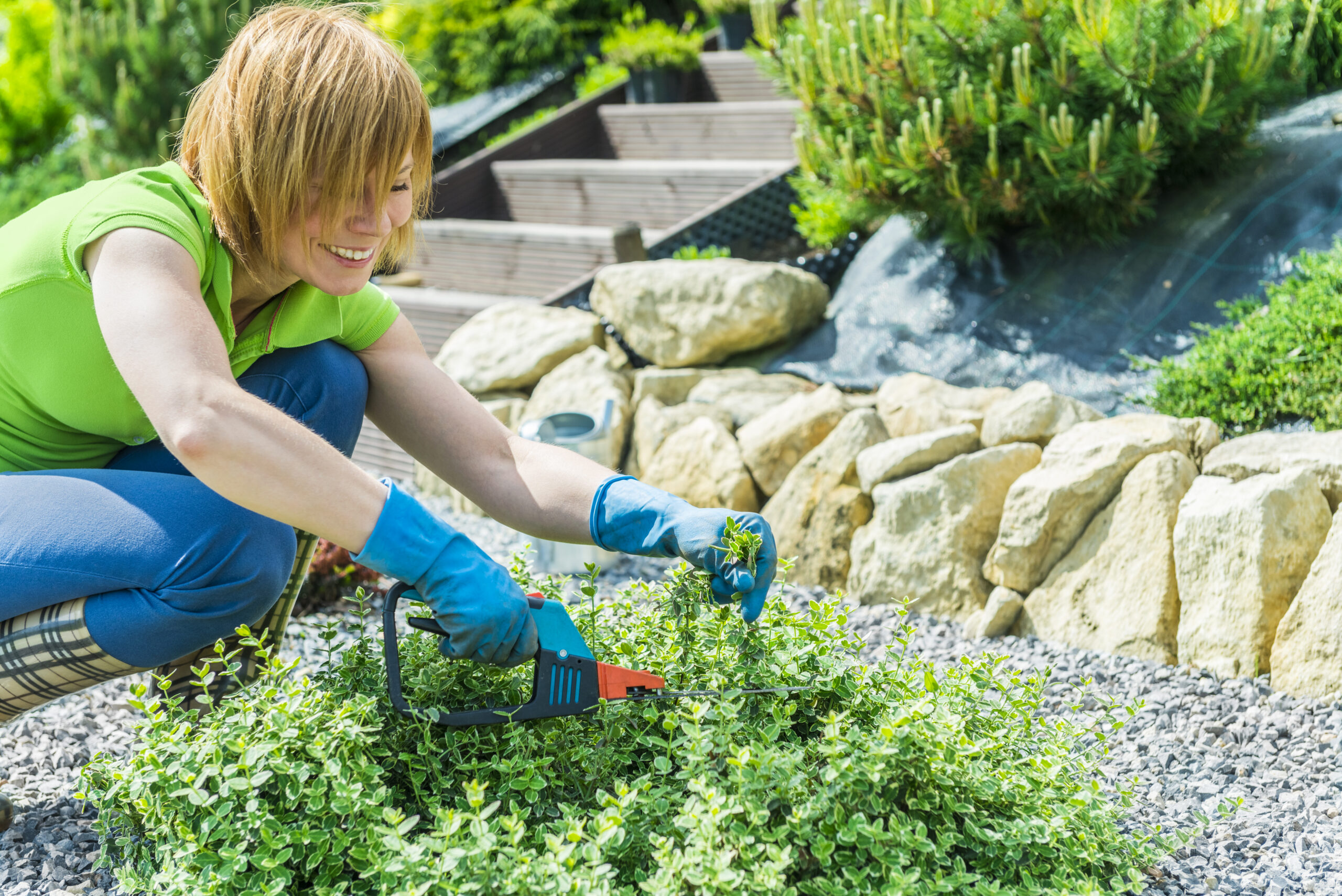As winter slowly comes to an end, and the sun starts shining a little longer and brighter each day, gardeners are gearing up for the arrival of spring. Spring brings new growth, new possibilities and fingers-crossed, a year of abundance. Before you can enjoy the fruits of your labour, there’s work to be done! Preparing your garden for spring is essential to ensure a successful growing season ahead.
So grab your gloves, get out your best shears and follow these steps to make sure your garden is ready for spring:
Clean Up & Weed Your Garden Beds
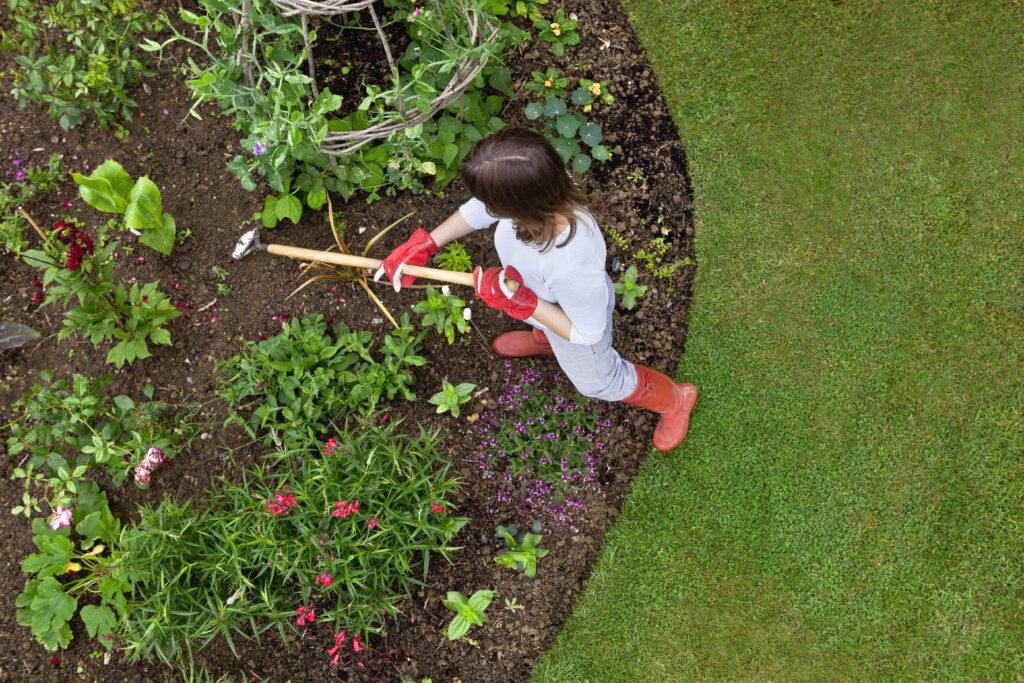
The first step in prepping your garden for spring is to clean up any debris left over from winter. Remove any dead leaves, branches, or plants that didn’t survive the cold weather. This will help prevent pests and diseases from taking hold and give your new plants the best possible start.
Remove any weeds in your garden and dispose of them or place them in the middle of your compost pile to ensure the heat will kill them before any seeds can germinate. If any weeds are left behind, they can compete with your garden plants and take over!
Prepare the Soil
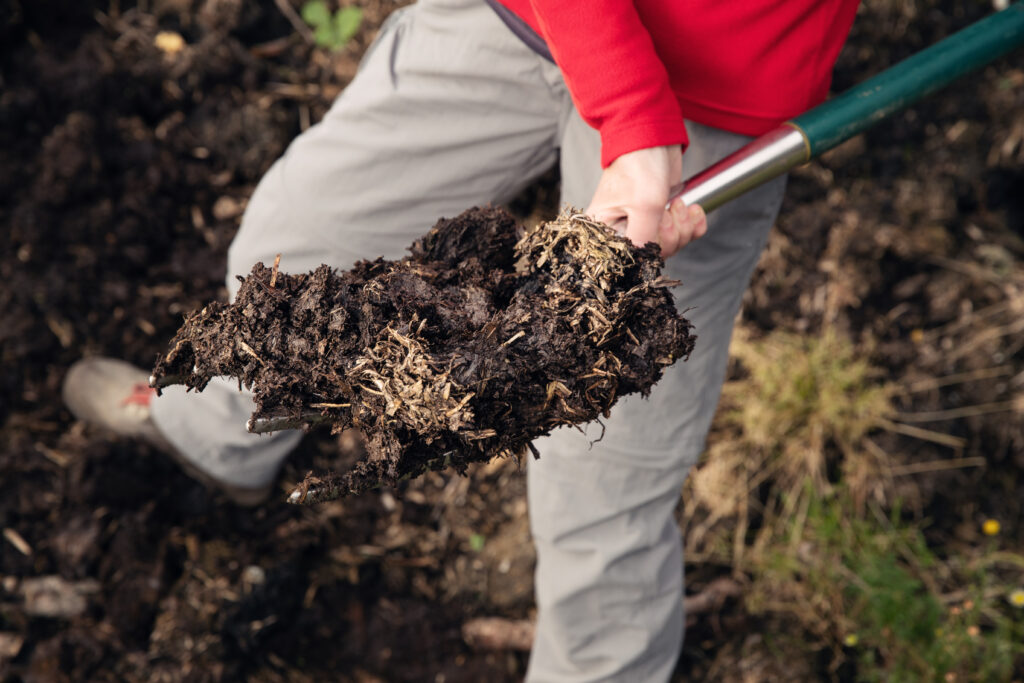
Next, it’s time to prepare the soil for planting. The quality of your soil plays a significant role in the health and vitality of your plants. Once the frost has lifted, start by loosening the soil. Work the soil with a garden fork or tiller to a depth of 12 to 14 inches to improve drainage and aeration. Add compost or other organic matter to enrich the soil and provide essential nutrients for your plants.
Test the Soil pH
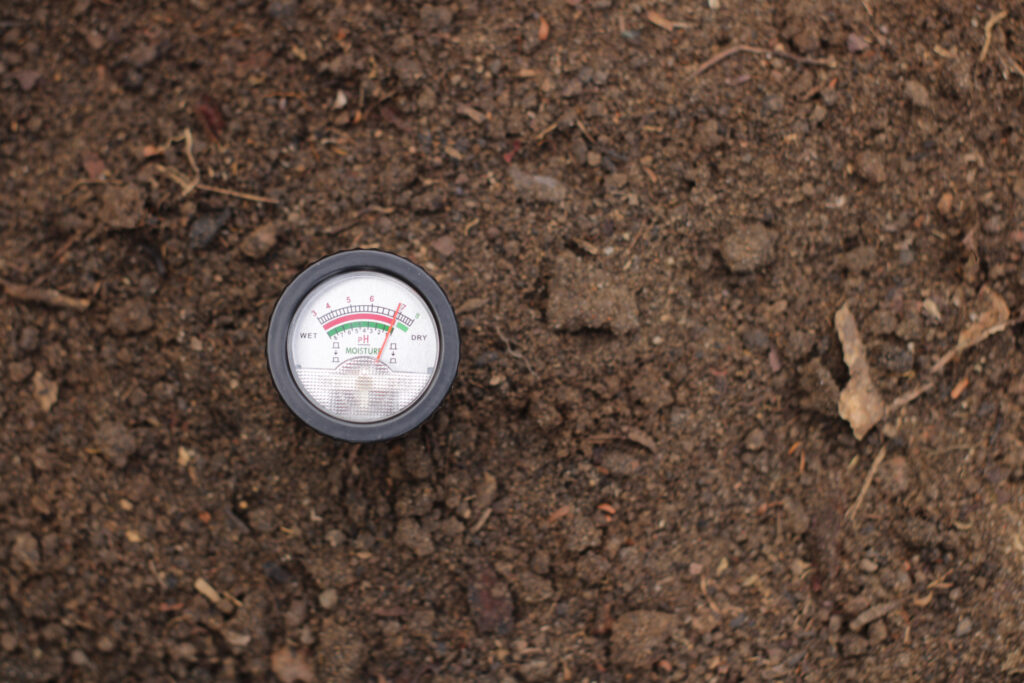
Before you start planting, it’s a good idea to test the pH of your soil. Testing the pH of your soil is important to check the acidity of the soil, which affects the plants ability to absorb nutrients. Most plants prefer a slightly acidic to neutral pH, so if your soil is too acidic or alkaline, you may need to amend it with lime or sulfur to bring it into the optimal range. Adding compost to your soil every time you plant will lower the pH levels over time.
Plan Your Garden Layout
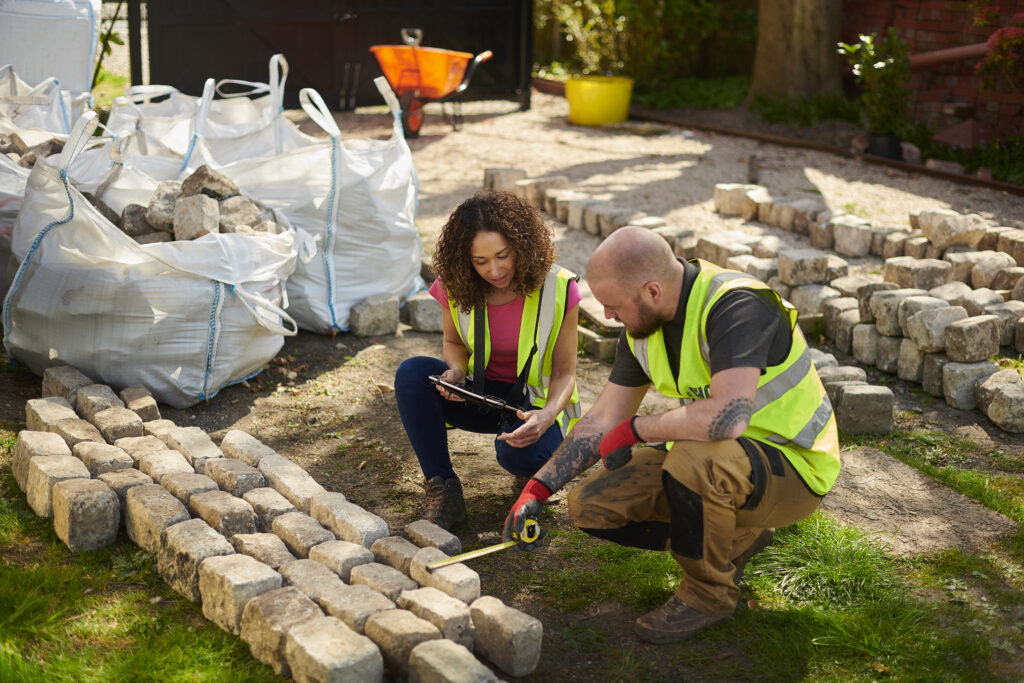
Take some time to plan out your garden layout for the spring season. Consider factors such as sunlight, water access, and the mature size of your plants when deciding where to plant each crop. Grouping plants with similar needs together can help optimize your garden space and make maintenance easier. Sun exposure is very important to consider when it comes to choosing your plants. If the tag on the plant says it needs full sun, it needs 6 hours or more. Partial sun is about half that.
Start Seeds Indoors
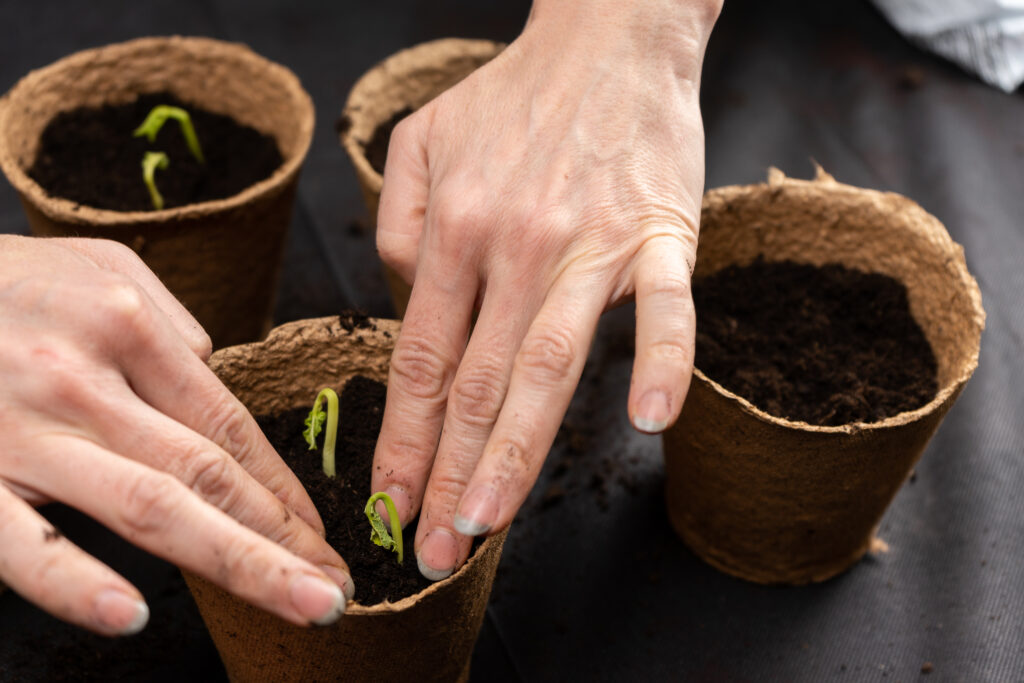
If you’re planning to grow vegetables or flowers from seed, now is the time to start them indoors. Get some seed and drip trays or pots, fill them with a quality seed starting mix, and sow your seeds according to the instructions on the packet. Cover the seeds and place them in a warm, sunny spot indoors or under grow lights until they’re ready to be transplanted outside.
Prune Perennials
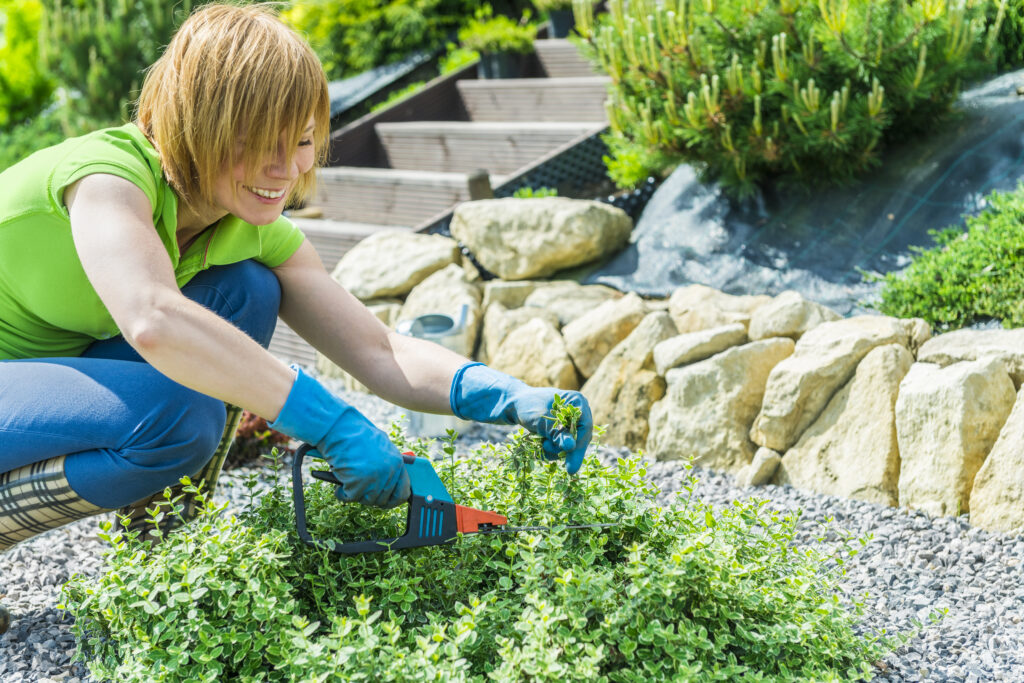
Some perennials should be pruned in autumn, especially if they are showing signs of disease or fungus, to avoid damage from the winter months. But, pruning in the early spring has its benefits, in the winter the wild brush provides a nice little habitat and food for local wildlife. When pruning, remove any diseased or dead branches, as well as any growth that appears weak or overcrowded. This will encourage healthy new growth and improve the overall appearance of your garden.
Mulch Your Garden Beds

Applying a 2 to 3 inch layer of mulch to your garden beds is a great way to conserve moisture, suppress weeds, and regulate soil temperature. Use organic mulches such as straw, shredded leaves, or wood chips, and apply them evenly around your plants, leaving a small gap around the stems to prevent rot.
Check Your Tools & Equipment
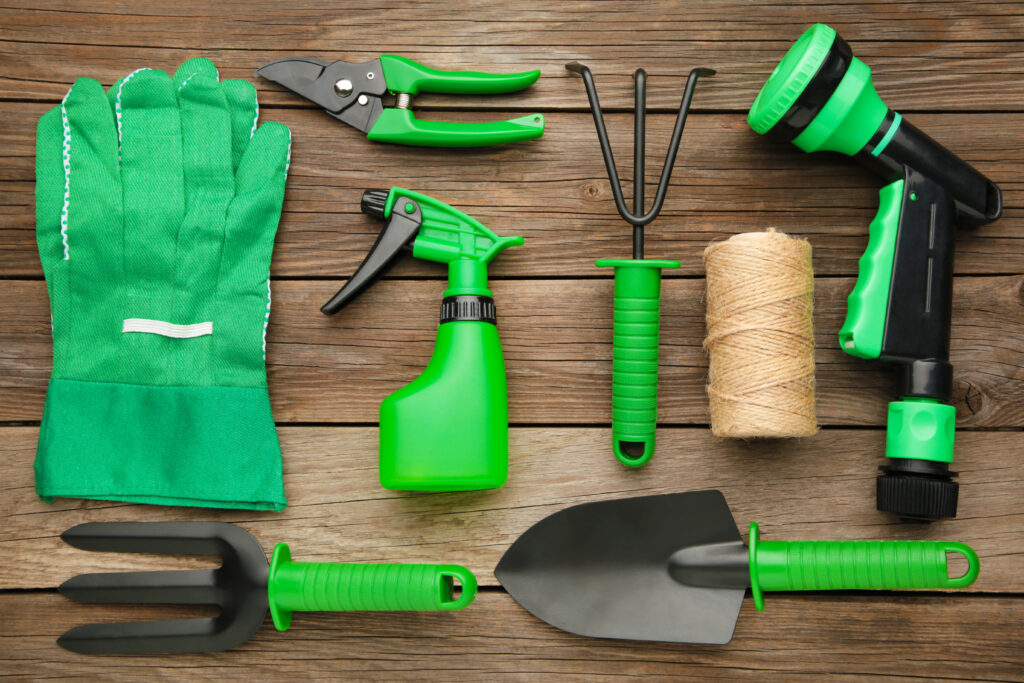
Before you get caught up in the excitement of spring gardening, take a moment to inspect your tools and equipment. Sharpen blades, oil moving parts, and replace any worn or damaged tools to ensure smooth sailing once the gardening season is in full swing.
Keep an Eye on the Weather

Lastly, keep an eye on the weather forecast. The calendar may say it’s spring but the weather doesn’t always indicate it’s time to start your gardening. While it may be tempting to start planting as soon as the temperatures rise, it’s essential to wait until the threat of frost has passed in your area to avoid any potential damage to your plants.
With these steps, you’ll be well on your way to prepping your garden for a successful spring season. Remember to take your time, enjoy the process, and soon enough, you’ll be rewarded with a beautiful and delicious garden!
Don’t know where to start? Need some help planning, cleaning, or digging your garden? RepairFind can connect you with local, professional landscapers to get you on the right track! Follow us on instagram and Facebook for updates on the launch of our new app!

